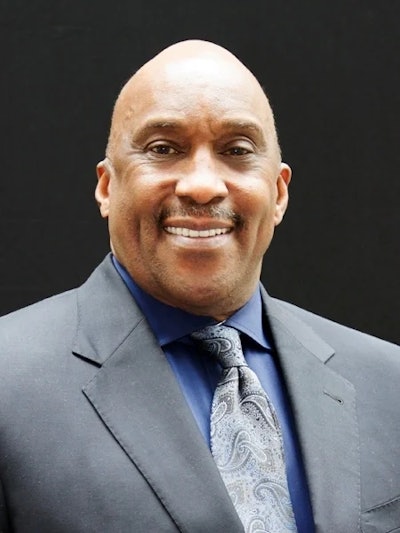Now there are four — and two more are on the way.
For the first time in nearly 50 years, the number of Black medical schools in the country is growing. The fourth and newest, an independent four-year medical program at the Charles R. Drew University of Medicine and Science (CDU) in Los Angeles, opened in early July with 60 students. CDU joins Meharry Medical College in Nashville, Tennessee, the Howard University College of Medicine in Washington, D.C., and Morehouse School of Medicine in Atlanta, Georgia.
 Dr. John W. Sealey
Dr. John W. Sealey
“Many African American medical students are interested in treating African Americans and in closing the disparities gap — and by opening this new M.D. program, CDU provides greater opportunities to study medicine in a setting where the mission of the institution is the same — closing the gap,” said Dr. Deborah Prothrow-Stith, the founding dean for CDU’s new College of Medicine. For years, the nationwide percentage of practicing Black physicians has remained stubbornly low at about 6%, according to the Association of American Medical Colleges (AAMC), compared to 13.6% of people in the population who identify as Black. But even the modest rise that some research has shown in the proportion of Black physicians in the U.S. over the past 120 years will be eroded since the U.S. Supreme Court decided in July to strike down race-based college and university admissions.
What CDU has been able to do is attract students who look like and speak the language of the communities and people they want to serve, something that few of the nation’s medical schools can claim, said Dr. Arthur Gomez, senior associate dean of medical education at the new medical school. This is a snapshot of the inaugural class he ushered in — it includes 36 female and 24 male students. About half of the students identified as Black and nearly a quarter as Hispanic/Latino. The average age of enrolled students is 27, with the oldest being 44 and the youngest 20. Over half of the cohort is proficient in languages other than English, including Spanish (46.6%), Arabic (6.6%), and American Sign Language (3.3%). Geographically, most of the students (42) are from California; the remaining 18 come from other states.
When Prothrow-Stith joined CDU in 2016, developing an independent medical program, the university’s long-held dream, became her job. The California Legislature awarded the university $50 million to support the new medical education program.
To launch a new medical school years in the making took mobilizing a village of support that included faculty and staff. Together, she said, they set out to do “more of what CDU does well, training diverse physician leaders who understand social justice and are experts at serving under-resourced communities, the things that affect health, but that many medical schools don’t teach. At CDU it’s embedded in the curriculum,” said Prothrow-Stith.




















